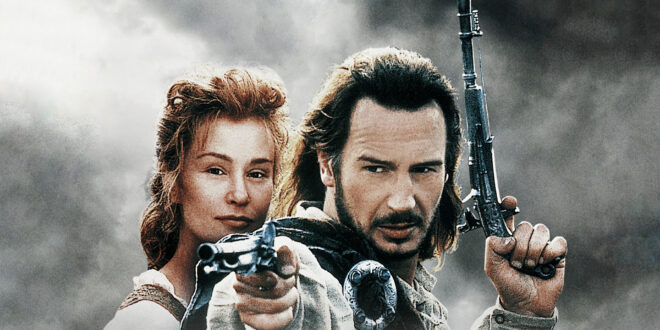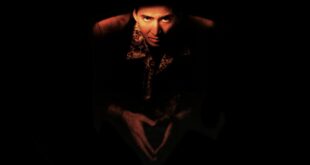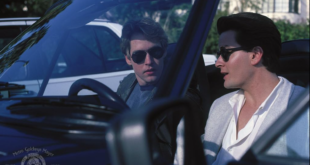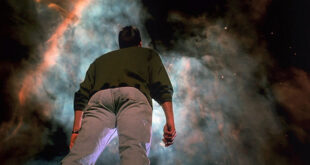Today’s Unsung Cinema is a film from 1995 based on a true story where Scottish clans face off against greedy, narcissistic English noblemen. No, it’s not the 1995 winner of Best Picture Braveheart, which was a tremendous international success. It’s Michael Caton Jones’s Rob Roy starring Liam Neeson and Tim Roth. Released in the Spring of 1995, Rob Roy was a modest box office success grossing $31 million in North America against a $28 million budget (worldwide gross listed at $58 million), opening up against movies like Bad Boys, While You Were Sleeping, Kiss of Death, and Friday it did respectable but not world-beating numbers. A month after it was released, Braveheart came out, crushing Rob Roy from theaters and recent memory. Reviews were also good but not overwhelmingly positive, earning 73% on Rotten Tomatoes and 55 on Metacritic.
The film did receive some acclaim, though. Tim Roth was nominated for Best Supporting Actor at the Academy Awards (he lost to Kevin Spacey for The Usual Suspects). Also, the climactic swordfight at the film’s end is often regarded as the best sword fight in motion picture history. Siskel and Ebert were very complimentary of Rob Roy then, and their “Two Enthusiastic Thumbs Up” review is featured on the back of the DVD. So while this movie might not qualify for Unsung Cinema in terms of being unheralded, it qualifies because it’s still essentially a forgotten film, especially when compared to Braveheart. I would argue that Rob Roy is a superior motion picture to Gibson’s simplistic though rousing epic in many aspects.
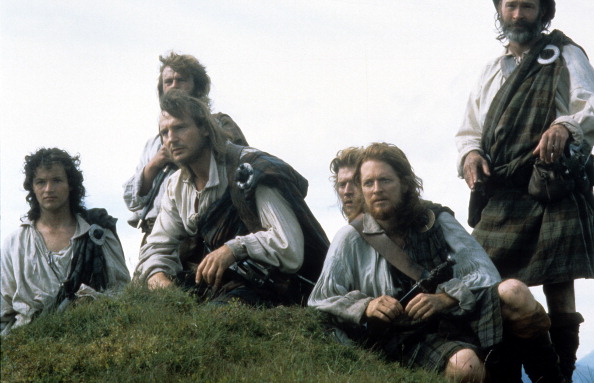
Rob Roy MacGregor (Liam Neeson) is the chief of a small clan in the Scottish Highlands Clan MacGregor. He protects the Lowland gentry against cattle rustling but still struggles to feed and care for his people. MacGregor enters a deal with Scottish nobleman James Graham, Marquess of Montrose (John Hurt), to borrow £1,000, hoping to establish himself as a cattle trader and pay back the loan to alleviate his clan from poverty. Montrose gives him the money, and MacGregor puts it in the trusted hands of his friend Alan McDonald (Eric Stoltz).
The problem is the secret of the money is shared by the detestable Killearn (Brian Cox), a money collector for Montrose, to Montrose’s aristocratic relative, the effeminate but deadly Archibald Cunningham (Tim Roth). Cunningham is a skilled swordsman and kills McDonald and takes the thousand. Cunningham is in debt to Montrose as well. MacGregor reports Montrose’s money has gone missing. This effectively makes Rob Roy an outlaw on the run from Cunningham, Killearn, Montrose, and the English government.
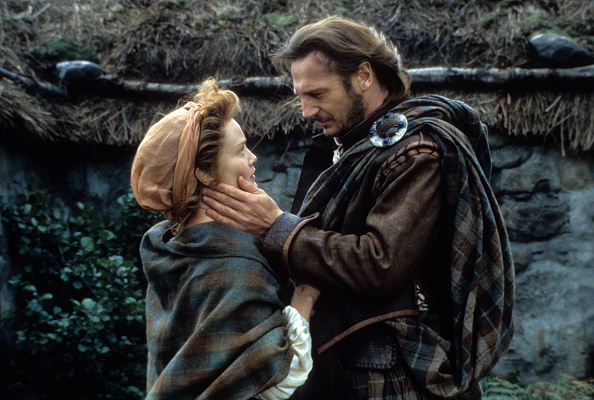
What follows is one of the centerpiece scenes in Rob Roy. Cunningham, Killearn, and English soldiers invade MacGregor’s home, only inhabited by Rob Roy’s wife, Mary MacGregor (Jessica Lange). In a brutal scene, we see Cunningham rape Mary in front of Killearn. We see Cunningham’s elegant brutality on full display. He has all the pompousness of a respectable gentleman, but he is as wicked as any man. It’s a bravely acted scene by Jessica Lange in what must have been challenging to prepare for. One of the film’s central conflicts is Cunningham raping Mary in such a brutal manner.
A significant strength of the film is the performances of the fine cast. Liam Neeson is tall and imposing but levelheaded making him an effortless hero. Jessica Lange is fierce and passionate, embodying a strong female character. Writer Alan Sharp doesn’t turn Mary into a victim but instead makes her part of the decision making which has a tremendous outcome for the story. The supporting cast is also good, with great work from John Hurt, whose character is more intriguing than initially seems, and the effortlessly sleazy Brian Cox. Another major player is Andrew Keir as John Campbell, 2nd Duke of Argyll, a rival of Montrose who ends up coming to Rob Roy’s aid.
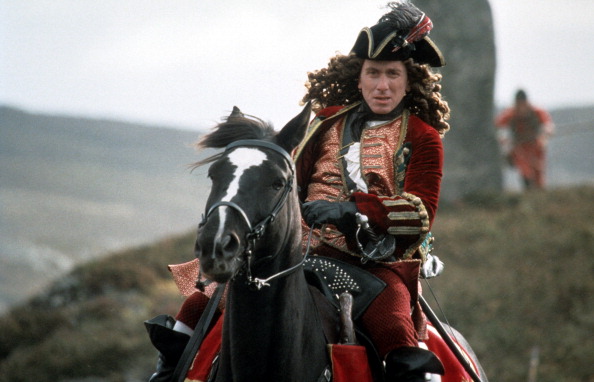
The best performance belongs to Tim Roth as the main villain. I swear a movie is only as good as its villain, and Rob Roy boasts one hell of a sadistic sociopath in Archibald Cunningham. The most intriguing thing the film does is use his gaudy appearance as an effective way to hide his animal nature. In reality, he is a cutthroat killer, rapist, sexual deviant, and one of the deadliest swordsmen in England. He’ll stoop to the lowest levels imaginable. Still, his aristocratic nature means if it’s his word against a peasant like MacGregor, those in power will ultimately have a class duty to believe Cunningham. Roth was honored with an Academy Award nomination for his performance but watching it again, and I’m amazed at how caught up I got into hating his character again. Despite the recognition, Roth’s performance often goes unrecognized. The film would not have been as compelling without him.
Michael Caton-Jones’s filmography doesn’t suggest a top-tier filmmaker, as he’s had some hits and misses. Not only is a film defined by performances, but Rob Roy also features grand, epic filmmaking. Still, visually this is a splendid-looking film, and it’s backed by great cinematography from Karl Walter Lindenlaub and music from Carter Burwell that punctuates the film nicely. As a Scottishman himself, Caton-Jones brings some authenticity to that was shot on location in the Scottish Highlands in areas you could only get to by helicopter, and it’s so much better for it.
You feel immersed in this epic world of the past. This is matched by an elegant script where the dialogue cackles and is full of thoughtful passages. Rob Roy is an excellent movie to ease your way into before the central core of the action happens. The final sword fight is one of the greatest in cinema history, and I often return to that scene more than anything in Braveheart.
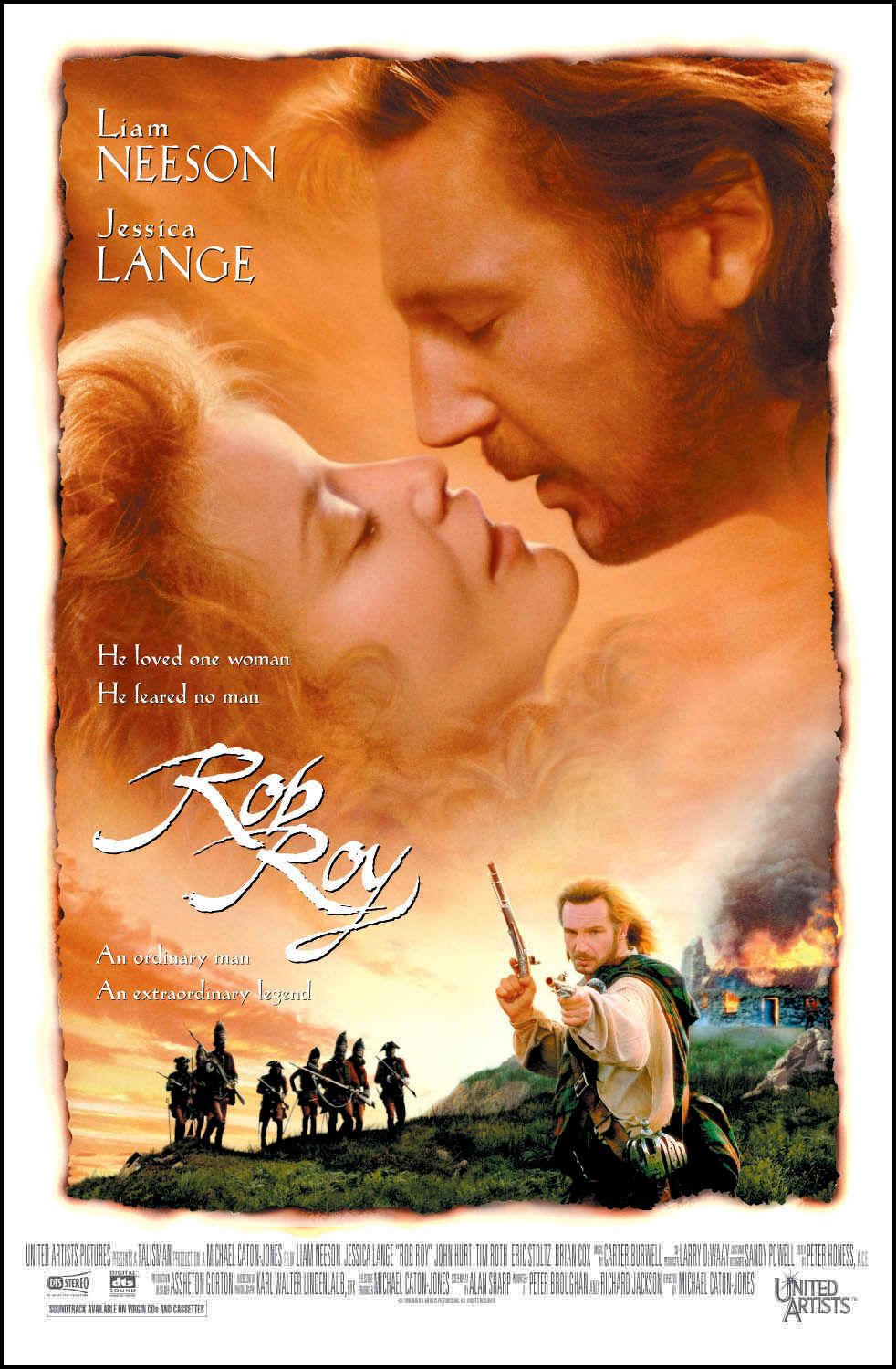
 Movie Finatics The Place for Movie Lovers
Movie Finatics The Place for Movie Lovers
